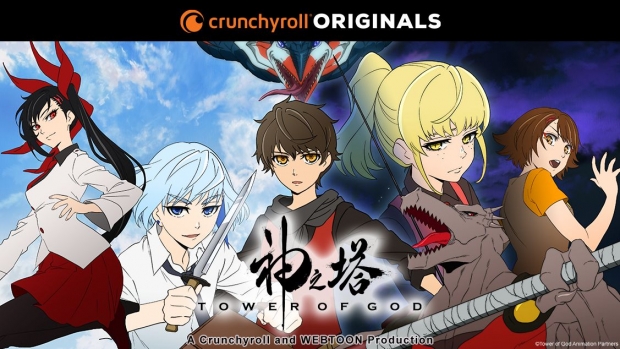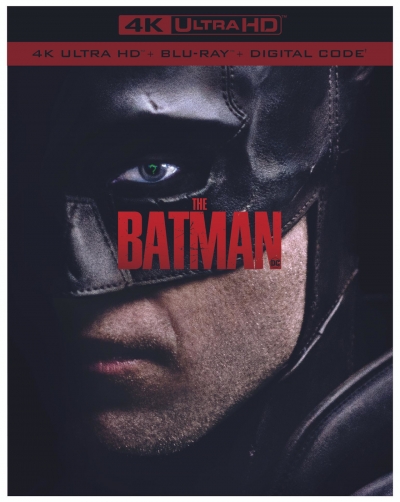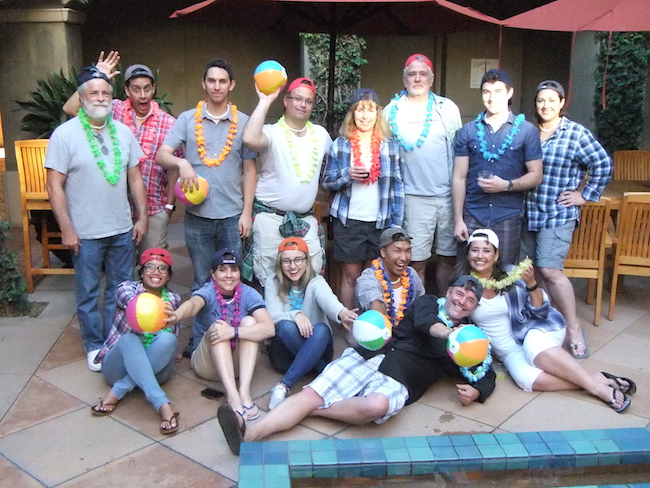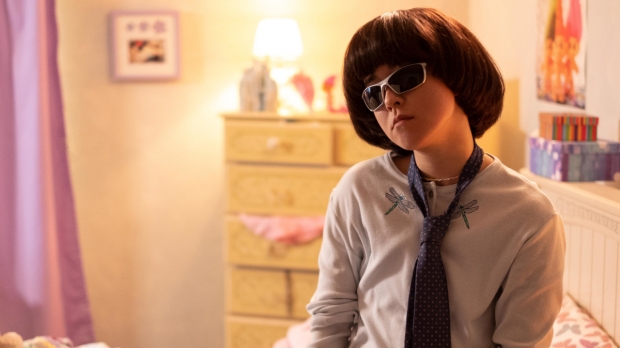SM: I’m most proud of the jungle sequences, not only because we had to develop a new plant and foliage pipeline, but also because of the work we did to correct the early versions, which were tending towards more photoreal. We had to develop lighting and compositing methods to continually simplify the image visually, and create flatter planes of depth, to help with framing and composition and focusing the audience’s eyes. The compositing team developed some really cool tools to set layers of depth and atmosphere anywhere in 2D screen space, and to have it all blend smoothly together.
Seth Maury: The two biggest FX challenges were the creation of the jungle, and the creation of the Cave of Reflections. The jungle involved us creating a new method for populating the scene with plants, trees, rocks and other fauna. We used a combination of in-house tools and SpeedTree to build a library of plants, that we then populated by painting density and distribution maps. We also had the ability to move and prune these plants as needed to create good composition on a shot level. All of these plants could also be simulated for either wind FX or for interaction with a character.
SM: The work on HT4 was refreshing in that we looked after the entire show from start to finish. Personally, I enjoyed being involved in all aspects of the storytelling. Also, the Look of Picture for my previous work on Mulan was meant to be photoreal, with physically accurate FX, while for HT4 it was more stylized with individual parameters for gravity and such, all for a comic effect. That was a fun shift to be a part of.
DD: In a way, working at home turned out to be an advantage. The commute in the morning from my bed to my office was about three minutes. When meetings are on Zoom, you don’t even have to walk anywhere. Everyone pops on my computer exactly when they’re supposed to, so there’s very little wasted time. Then, at the end of the day, I turn off my computer and walk from my office to my bed and fall asleep. On the next movie, I might get a laptop so I won’t even have to leave my bed!
AWN: What tone, essence, or vibe from the previous films did you try to capture again in this film?
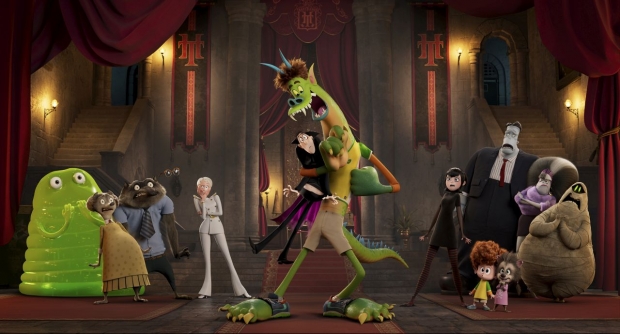
JK: It was a bit surreal at first. We definitely missed interacting with the crew in person. And travel restrictions meant that we were never able to make it up to Vancouver to spend time with the animators, which was probably our biggest regret. But I think it’s a testament to the whole crew that we were otherwise able to transition so seamlessly to working from home. Though it has to be said that everyone now knows what my cat’s butt looks like.
As for challenges unrelated to the novel coronavirus, apparently there were some, and we knew how to find out about them.
JK: I think an interesting example of this is Mavis’s final fight with the giant Johnny monster. It uses strong graphic shadows and is shot primarily with characters moving across the frame, rather than in depth. The Hotel Transylvania movies really embrace simple, proscenium staging for comedy. It was fun to try and apply that same principle to an action sequence (which is all about large graphic shapes) and still have it feel dynamic.
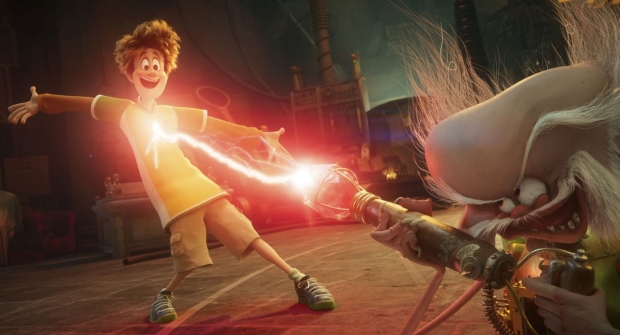
AWN: Speaking of the pandemic, the entire production was accomplished remotely. What was the process like and how did you adjust to working from home?
JK: We knew we wanted to really handcuff Drac and Johnny together and put them in a situation where Drac was both out of his depth and without his powers, and where Johnny (as an ex-backpacker) was in his element and enjoying his new monster body. So the Amazon, being one of the most remote and unexplored places on earth, seemed like a great choice. Plus, we couldn’t pass up an opportunity to have an ex-vampire be plagued by sunburn and blood-sucking mosquitos.
AWN: Do you have a favorite sequence, or one of which you’re most proud?
Jennifer Kluska: I think you go into it expecting challenges will be different, but I don’t think either of us expected a global pandemic!
AWN: This is your first time directing a feature. What was that like for you?
And that’s just the plot. More germanely, at least for our purposes, change also played a large part in the production of Hotel Transylvania: Transformania. Brian Hull took over the role of Count Dracula from Adam Sandler and Brad Abrell replaced Kevin James as Frank. First-time directors Derek Drymon and Jennifer Kluska assumed control of the helm from Genndy Tartakovsky (who served as a writer and executive producer). Meanwhile, Head of Character Animation Alan Hawkins was faced with what turned out to be the fun challenge of transforming monsters into humans and a human into a monster. The with the previous franchise films, production was handled in Vancouver at Sony Pictures Imageworks.
AWN: In a previous interview, Jennifer said that the film (and the franchise) is a showcase for animation. Can you expand on that?
JK: I really enjoy the scene where Drac is chasing Monster Johnny down the hall, trying to turn him back into a human. Because of our schedule, we didn’t have time to run extensive animation tests on our new characters, so really this scene was the animators’ first crack at playing with the new Johnny design. His run cycle is all over the place, but in the best and most comedic way possible. I love that both Johnny as a character and the animators are getting to see how this new body works at the same time. It’s something that an audience won’t pick up on, but it’s a sequence that always makes me smile, seeing all the individual touches the animators have brought to the character.
AWN: Do you have a favorite sequence, or one of which you’re most proud?
AWN: Derek has said that what he loved about the CG animation in the HT franchise is that it’s inspired more by 2D animation than by realism. Can you talk about that a little and why that’s so appealing to you?
For the Cave of Reflections, the main challenge was to create a method for placing multiple images of the characters, animated to different camera angles, all around the scenes, reflected in the giant crystals. The set design was purposefully on the simpler side so that we could highlight and focus on all the different character reflections and performances around the set. We developed a system where animation had the control to place each reflection by hand in each crystal face, and then that information could be passed down to the lighting and compositing team to put the shot together.
Hawkins points out that while HT 4 wasn’t the first project to be completed during the work-from-home era, it was the first at Sony Pictures Animation and Sony Pictures Imageworks to be realized completely from home, script to screen. “Imageworks has always been well prepared for remote work,” he explains, “since we already have groups in Culver City and Vancouver that interact all day, every day. The technology part is easier than the loss of close social interaction – which is a great benefit in character animation – and we are still trying to find ways to fill that gap.”
Hawkins points out that while HT 4 wasn’t the first project to be completed during the work-from-home era, it was the first at Sony Pictures Animation and Sony Pictures Imageworks to be realized completely from home, script to screen. “Imageworks has always been well prepared for remote work,” he explains, “since we already have groups in Culver City and Vancouver that interact all day, every day. The technology part is easier than the loss of close social interaction – which is a great benefit in character animation – and we are still trying to find ways to fill that gap.”
AWN: What made you decide to use the Amazon as a setting?
AH: We’re always trying to find new tools to develop to make our movies more fun to watch, and on this film we developed special motion-blur tools that gave control of that effect to the character animators. Normally the motion blur is dialed in globally over the whole image, but we were able to add and reduce motion blur in specific regions of the frame, which gives really cool specialized results.

Jon Hofferman is a freelance writer and editor based in Los Angeles. He is also the creator of the Classical Composers Poster, an educational and decorative music timeline chart that makes a wonderful gift.


